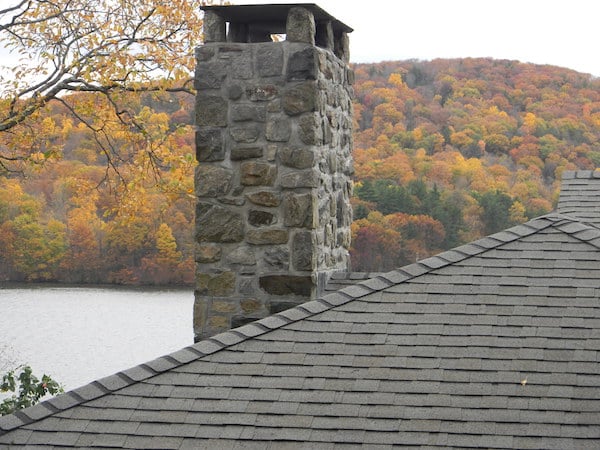
If you own a fireplace, chimney maintenance is not optional. Deadly fires, carbon monoxide poisoning, and expensive chimney repairs are only some of the more serious consequences associated with neglected chimney maintenance. Whether you need to know what you can expect with chimney cleaning and inspections or whether you need a more detailed explanation of these potential dangers, if you haven’t had your chimney cleaned in the past year, you need to know the following:
Chimney Fires
As fires burn, smoke goes up the chimney. Some of that smoke condenses in creosote on the flue, the inner surface of the chimney. Creosote, a hard tar-like substance, builds up over time. When a thick coat of creosote catches fire, you get a chimney fire, a powerful and frightening inferno that can be as loud as a low flying jet. Most of the creosote build-up occurs when the fire is first lit. A cold chimney causes much more smoke to condense on the chimney flue. Therefore, a continuous fire will usually foul a chimney slower than many separate fires.
Chimney fires are often so hot that nearby walls and rafters burst into flames. The fire spreads so fast that firefighters often arrive too late to save any of the home. The extremely high temperatures associated with chimney fires cause cracks to form in the flue and chimney. Carbon monoxide is generated anywhere fuel is burned, including your fireplace, wood stove or furnace. Normally, these deadly fumes vent safely up the chimney. But if the chimney starts to leak, the fumes may be drawn back into the home.
Proper chimney maintenance and care, including routine chimney sweeps, are an important part of preventing chimney fires.
Chimney Maintenance Tips
The Chimney Safety Institute recommends an annual inspection and cleaning if you light fires in your fireplace or woodstove three or more times a week during the heating season. If you burn green wood, pros recommend cleaning it twice a year. Here are a few ways to keep your fireplace and chimney in good condition between sweeps:
Burn Citrus or Potato Peels
Burning citrus or potato peels can help keep your chimney safer. Citrus peels are said to prevent creosote build-up while potato peels are said to form a chemical reaction that dries out the creosote and helps keep it from bursting into flame. While this is a safety measure, it doesn’t replace a professional cleaning. The creosote will still build up and clog your chimney, causing smoke and carbon monoxide to begin flowing into your house.
Use Cleaning Logs
Chimney cleaning logs release a chemical that loosens creosote and tar and causes it to fall away from your chimney walls. Of course, this means it is falling either into your fire or onto any ledges in your chimney. While it can keep your chimney safer, it doesn’t do the same kind of job a professional cleaning will do. Cleaning logs cost about $15.00 to $20.00.
Sweep It Yourself
The truly ambitious might decide to clean their own chimneys. Many products for this job are available and affordable, and cost around $20.00 for a 2-pound tub of cleaner. However, you would also need to buy a chimney brush (about $18.00), fireplace brick/stone cleaner (about $9.00 a bottle), and fireplace scrubbing pads (about $24.00 per two-pack). The process is labor-intensive and time-consuming, and doing it yourself doesn’t include a professional inspection to identify cracks or other damage.
Save Money & Time on Professional Cleaning
The best time to call for a chimney sweeping and inspection is during the off-season, between April and September. Prices are often lower in warm months. Getting it checked up before the cool season also gives you time to remedy any issues found during the inspection.
According to data collected from homeowners across the country, comprehensive chimney maintenance that includes both cleaning and inspection from a qualified chimney sweep costs $241. That said, your location, the time of year, and the soot level of your chimney can cause this number to fluctuate significantly. Compare quotes from local chimney professionals for the best price.
Obviously, most homeowners don’t follow the recommendations from the Chimney Safety Institute. If you hire a chimney sweep consistently each year, the cost shouldn’t be as high as your neighbors’. You should also keep in mind that major chimney repairs, many of which could be prevented through regular cleaning, can cost thousands of dollars.
Ready to start your chimney maintenance?
Find ProsFurnace Flue
When you have your chimney cleaned, have the furnace flue cleaned at the same time. While furnace flues are typically less susceptible to creosote build-up, they do get fouled with sulfur and chlorine. Allowed to accumulate, these chemicals combine to form a powerful acid that will eat away at the flue.
Chimney Liners
Nearly all new chimneys have chimney liners. Chimney liners may be made of metal, tile or cement and create a smooth, airtight path up your chimney. By increasing the distance between heat and combustible surfaces like rafters, chimney liners can provide an extra level of protection from chimney fires. They also help prevent water from getting into the masonry work, where it can freeze and cause permanent damage to your chimney. Many efficient furnaces require chimneys with precisely-sized chimney liners.
Signs You Need to Call A Pro
Some fireplace repairs are minor. When you first detect cracks, a good mortar patch and sealer is easily applied. For a wood stove, a failing gasket is another job easily done by many people. However, there are certain situations where a professional is the best way to go.
- Inspections – A professional has seen many different conditions in chimneys and fireplaces and will know what subtle cues to look for to see if any upcoming issues may be waiting to spring themselves on you.
- Sweeping/Cleaning – This job is very labor intensive and messy. Professional chimney sweeps have a routine that they’ve used on many other jobs. After cleaning out creosote and other debris, you might find yourself out of energy at the end of the job. You also may not notice other conditions that are getting worse. An inspection is usually part of the chimney sweep’s services.
- Large Cracks – While small or minor cracks may be easily patched and sealed, large cracks, such as ¼ inch or more, could be signs of deeper problems elsewhere. By the time a crack has gotten this large, moisture could have already gotten to interior wood and caused water damage or mold.
- Leaning chimney – This is a dangerous situation. A leaning chimney has had a complete structural failure and is a falling hazard. Even if you brace it, you have only applied a temporary fix to the falling part of the problem. The mortar has still failed and water is getting through. This calls for a complete removal and replacement of the entire chimney, even down into the house. If the upper portion has started leaning, there’s a good chance that the interior part of the chimney is also weakened.
- Installing an Insert – To ensure that the insert is properly installed, there is no substitute for having a professional do the job. A reputable installation expert will make sure that the exhaust is properly vented with the correct size pipe.
- Converting to Gas or Electric – There is no question. Installing anything requiring gas lines or electrical conduits requires a professional. This is the safest, and sometimes the only legal, way to go. Failure to install them correctly and to code can cause fires, carbon monoxide poisoning, and can reduce the value of your house should you decide to sell.
- If You Have Any Doubts – Not everybody is gifted with tools or is agile enough to spend time on rooftops. If you have any doubts or aren’t able to climb ladders, don’t take the risk. Call a professional and make sure the job is done right, or that you have legal recourse if it isn’t. It may cost a little more money, but it could save your life.
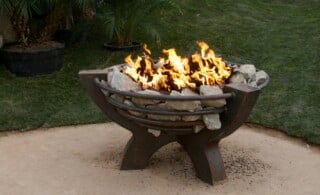 Home Fire Pit Safety Precautions
Home Fire Pit Safety Precautions 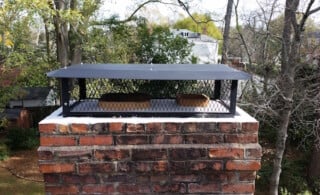 Preventive Maintenance: Chimneys
Preventive Maintenance: Chimneys 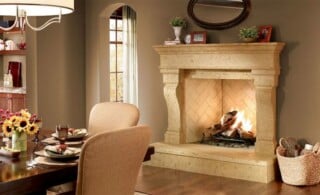 Chimney Bombs
Chimney Bombs 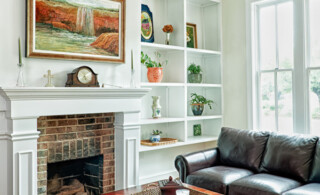 Masonry Fireplace Maintenance
Masonry Fireplace Maintenance 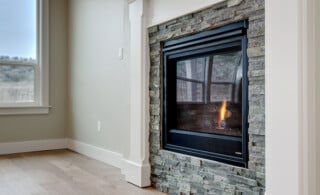 How to Keep Smoke Out of Your Home
How to Keep Smoke Out of Your Home 

Are You Familiar With This Topic? Share Your Experience.